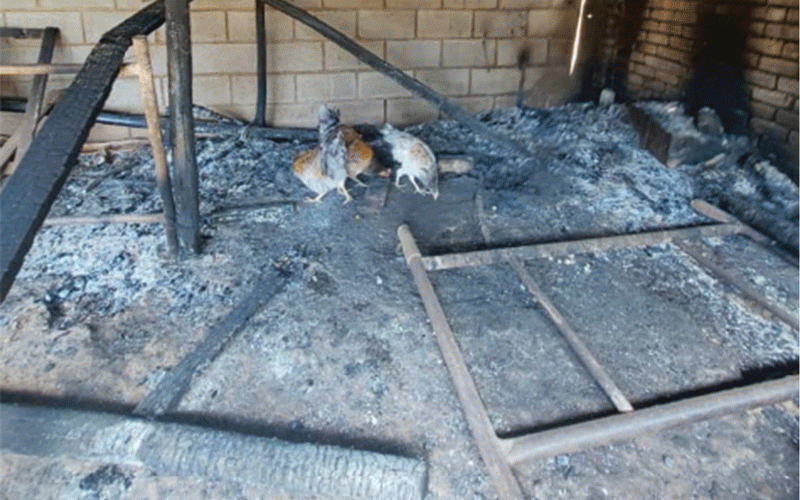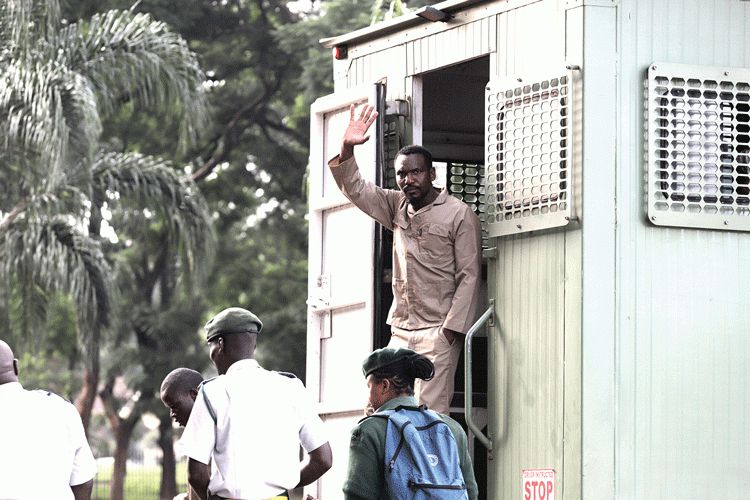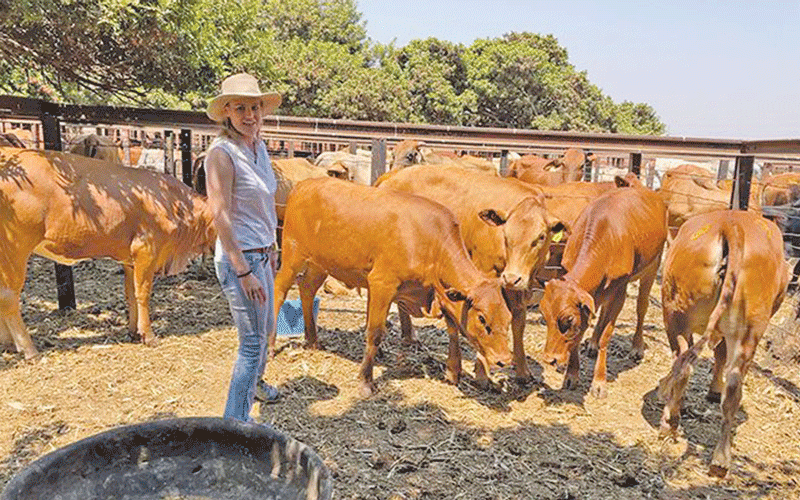SOME facts and figures about the suitability of Wales for a touring holiday or a place in which to just thoroughly chill out in for a few peaceful days and nights:
Travel with Dusty Miller
As opposed to Zimbabwe’s five, Wales has six Unesco World Heritage Sites: the Pontcysyllte Aqueduct and Canal, Blanaevon Industrial Complex, Caernafon Castle, Harlech Castle, the unfinished Beaumaris Castle and Conwy Castle. (Older readers may remember these places from their former English place names.)
In a country of only two million people there are an incredible 29 936 listed buildings, 4 175 designated monuments, six designated historical wrecks, 523 conservation areas, 58 historic landscapes and 376 historic parks and gardens.
By democratic decision, we didn’t see any of the Unesco sites, but spent large slabs of a sunny week looking at very interesting and historic constructions and ruins within a few hours’ drive of our base at a fully modernised worker’s cottage on a working farm at Ffarmers near Lampeter.
In Lampeter itself, my daughter and grand-daughter spent many happy, girly hours at the Welsh National Quilting Centre annual exhibition while my son and grandson toured the toyshops and I got lost checking out a few wonderfully welcoming market square pubs and staring at the First World War memorial with its myriad repetitive Welsh surnames.
Keep Reading
- Chamisa under fire over US$120K donation
- Mavhunga puts DeMbare into Chibuku quarterfinals
- Pension funds bet on Cabora Bassa oilfields
- Councils defy govt fire tender directive
There must have been more than 50 Joneses. I was tempted to try to look up an old Zimbabwean friend who’s retired to Llandovery, where her late husband was born, but have you any idea how many A.Griffiths were listed in the local telephone directory.
Starkly beautiful On one particular jaunt through the rolling green countryside, we came across the starkly beautiful ruined Talley Abbey, about 10km north of Llandeilo in the valley of the river Cauthic.
Wonderful for taking photographs and it would make a great backdrop for a gothic horror film, but research later told us it was an important house of the Premonsratiens, the White Canons. That was an order founded in 1120. In 1127, when it received papal approbation, there were 1 300 monasteries for men and 400 for women across Europe.
The order arrived in the British Isles in about 1143 and at the time of the Dissolution of the Monasteries by King Henry VIII in 1511 it had 35 monastic houses there. Tally Abbey was renowned for its fish farming on two local lakes which totalled 50 hectares in area. After the King’s men tore down its formerly doughty walls, locals used much of the stone to build the grim looking chapel next door surrounded by ancient gravestones and villagers’ cottages.
Close by, but by no means as ancient as the brooding ruined abbey was Dinefwr Castle, which is called Dynevor Castle in English. It has commanding, impressive views over the Tywi Valley and is, again, close to Llandeilo.
Welsh princes Originally the home and fortress of Welsh princes, it was captured by England’s King Edward I, with the help of renegade Welshmen in 1227 In the same grounds is the much later Newton House. Although described as built in 1660, it was later moderrnised and is now architecturally Gothic.
It is a Victorian restoration of an earlier Georgian home. The formal gardens display Moorish influence and an extensive deer park (we saw a herd of gentle, skittish roe-deer from the flat roof of the battlement-like porte cochere of the house) was landscaped by that famous British professional gardener Capability Brown.
It was used as a casualty clearing station and officers’ hospital during World War II and one of the rooms is still decorated with beds, dressings, uniforms, telephones and other communications equipment from that period.
Very worth seeing are the paintings, especially local oil landscapes and portraits of the Rice/Rhys family which owned the neighbourhood and became the Lord Dynevors. The National Trust decided to display many rooms to the public as they would have looked circa 1912.
It speaks volumes when I tell you that we twice visited the National Botanic Gardens of Wales, which only dates back to 2000 (officially opened to the public in July 2003 by the Prince of Wales) but sits on an ancient site. A gentleman’s residence was erected by a wealthy family there in the early 17th century. It was bought by Sir William Paxton in 1789. He had made a fortune in India and spent lots of it (the property alone cost £40 000 even then) laying out wonderful gardens with breathtaking water features.
In his later life, he commissioned a second Nelson’s Column, after the one in Trafalgar Square, to commemorate the famous Admiral’s victories. That still stands, as do Paxton’s cleaned out and now un-silted lakes, rivers and streams, but the original mansion was destroyed by fire in the 1930s and never rebuilt.
South African What is there is the most stupendous glass house I’ve ever seen; the biggest structure of its kind in the world. It is 110m long and 60m wide and boasts 785 huge glass panels in the roof.
Most of the exhibits are dedicated to the flora of countries and regions with a Mediterranean-type climate, including a large selection of South African species.
There is an attractive goldfish/carp/koi pool in the centre and cheeky English sparrows (some of them ringed) seem to have taken up residence among the exotic plants in the warm artificial climate.
While having tea and snacks at a delightful café in the complex, I photographed several of them and what I was convinced was a shy and nervous wren, Britain’s smallest bird. I could be wrong, though, as it is more than 40 years since I actually lived in the UK and spent hours on end in the majestic countryside.
Our second visit to the NBGW was en route home (well to my daughter’s home) on the cusp of the Cotswold Hills, in the Vale of the White Horse, after a thoroughly enjoyable week in the Principality of Wales.
Dusty Miller flew to London Heathrow via Dubai with Emirates at his own expense, but the airline upgraded him to Business Class and put him up at the JW Marriot Marquis (the world’s tallest dedicated hotel) in Dubai on the return leg.
dustym@zimind.co.zw





